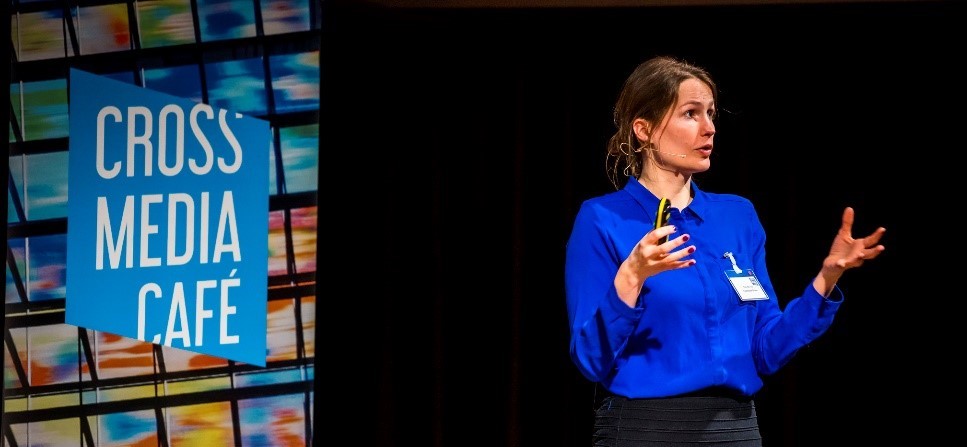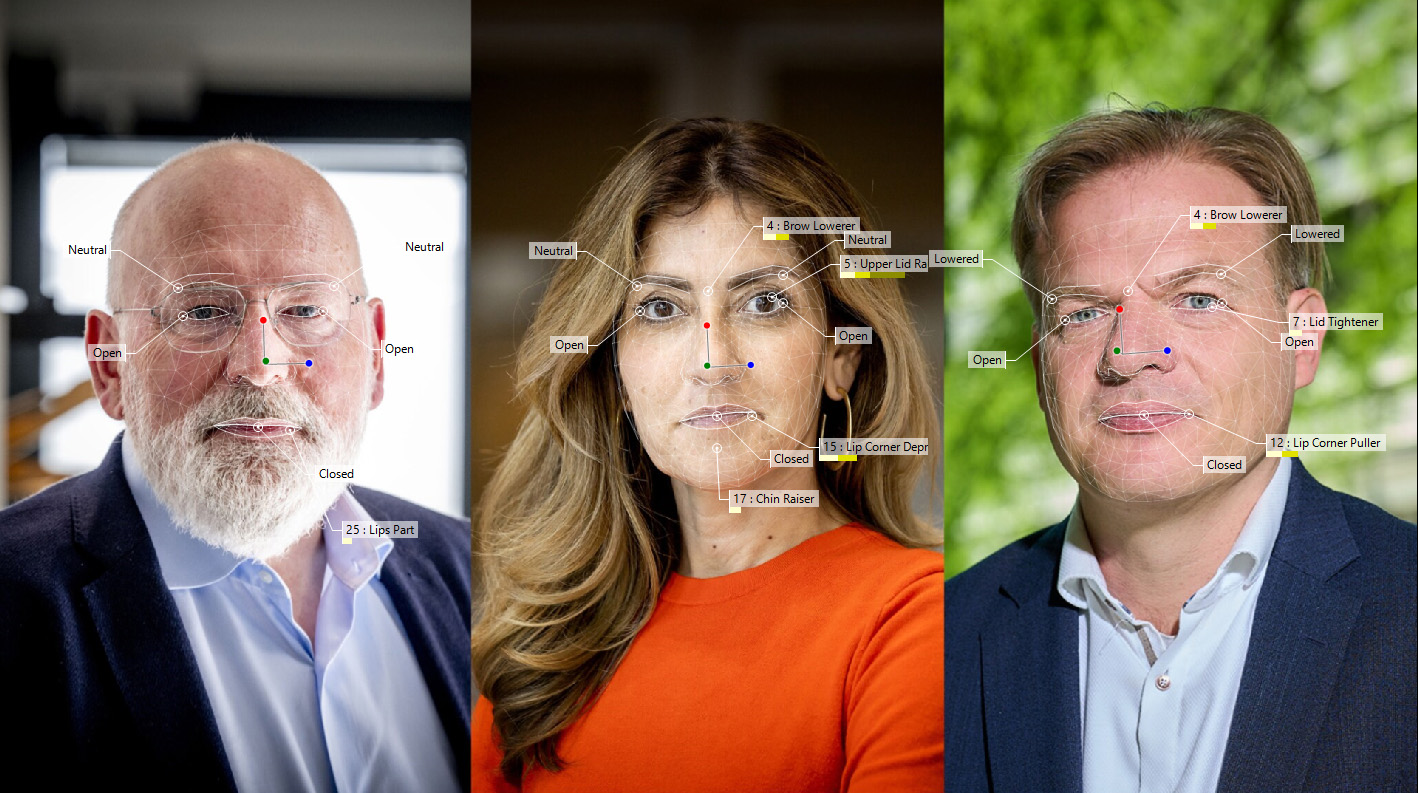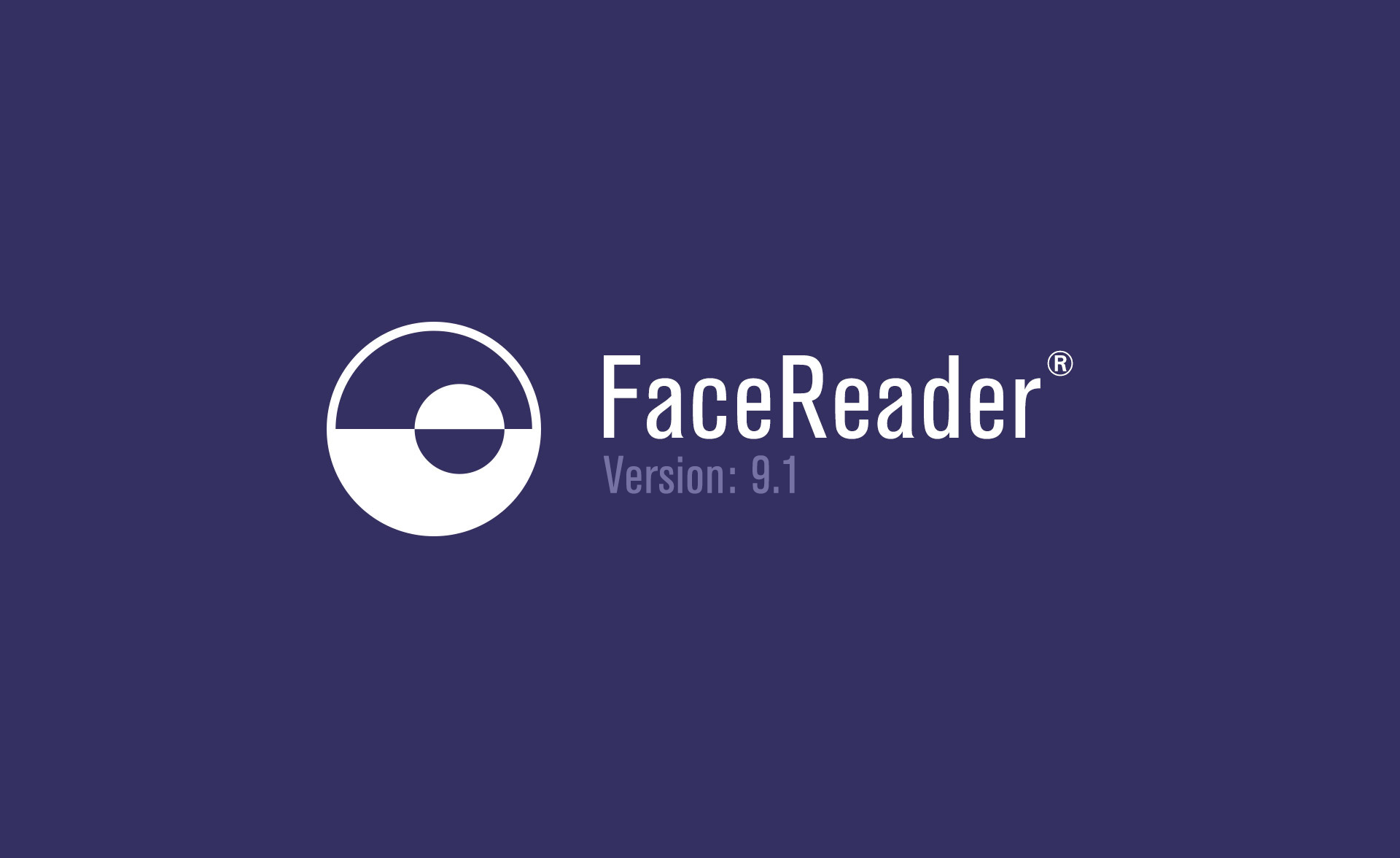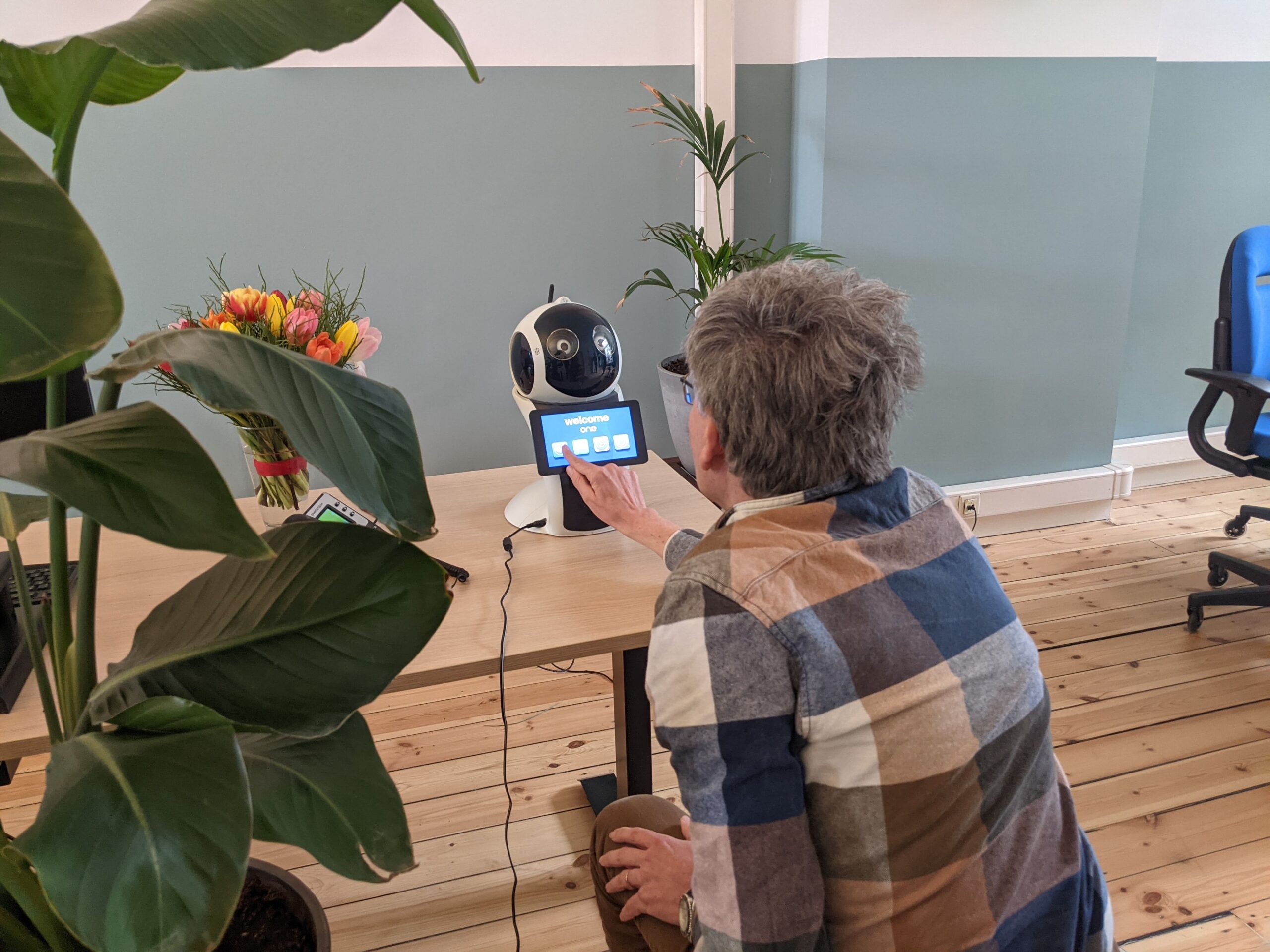Interesting Applications of AI for the Media Industry

Computer algorithms can help determine what media messages we see. They help analyze what we think of it. But how smart are these artificial intelligence (AI) algorithms? And are they creative? Can AI create an actual Eurovision song? These were some of the questions and topics raised at the Cross Media Café, which is an initiative of Media Perspectives and The Netherlands Institute for Sound and Vision. At this interesting event, we were asked to give a talk about our online emotion analysis platform, FaceReader Online. In this blog post, we would like to share some of the interesting insights that we heard and shared (see also in Dutch this Media Perspectives blog post).
AI is Everywhere and for Everyone
The event was kicked off by tech entrepreneur Jim Stolze, who is the CEO of start-up Aigency that connects companies to AI experts to help use AI successfully. He also created a National AI course to educate the general public on AI. He explained what AI really is (and is not: robot domination) and his down-to-earth message was that nowadays a lot of artificial intelligence was still mediocre intelligence. So, we shouldn’t expect wonders, but the speakers did show very nice examples of AI applications.
Many companies such as BBC and RTL use different strategies to analyze their data, for example, to determine which content should be shown to the viewer. Anne Schuth explained how at DPG Media (the biggest media organization in NL) they try to personalize media messages based on reading history and personal preferences. For example, to determine if you prefer short/long, or local/global messages. Another way to analyze large datasets is by getting information from text, for example to help determine brand perception, which was presented by Gijs van Beek from Textgain.
Creative AI
For those who are very sad that the Eurovision Song Contest is postponed, they can still vote for the songs in the AI songfestival. Around the world teams will use AI to find the secret ingredients of a successful Eurovision song. Can AI create art? RTL data scientist Vincent Koops, talked about how AI can be used to spot interesting scenes from television, but he recently was involved in an even more creative AI project. He used an AI neural network to create the cover image of the VPRO TV-guide. The result is quite interesting. Before we worry too much that AI will take over everything, Vincent Koops emphasizes that AI is complementary and can only solve a very specific problem, for a new concept we still need human creativity.
AI Emotion Analysis
Most talks focused on AI that analyzed patterns in media data, but AI can also be used to measure the response of humans towards media. Tess den Uyl gave a talk about our online emotion analysis platform, FaceReader Online, which is very suitable to provide interesting insights for media research. It can be used to analyze the emotional reaction towards videos, websites and questions. This way you can for example, find out if a commercial or trailer is actually making people laugh. Or see when someone is frowning because they have trouble finding something on your website. It is based on our widely used FaceReader software, thus also very suitable for scientific research. The fact that FaceReader Online can be used entirely online is an added benefit in these crazy times of home isolation. To see if it can be beneficial for your research, request a trial here. In addition, to facilitate student research continuation, from now on students can apply for a free student project.




